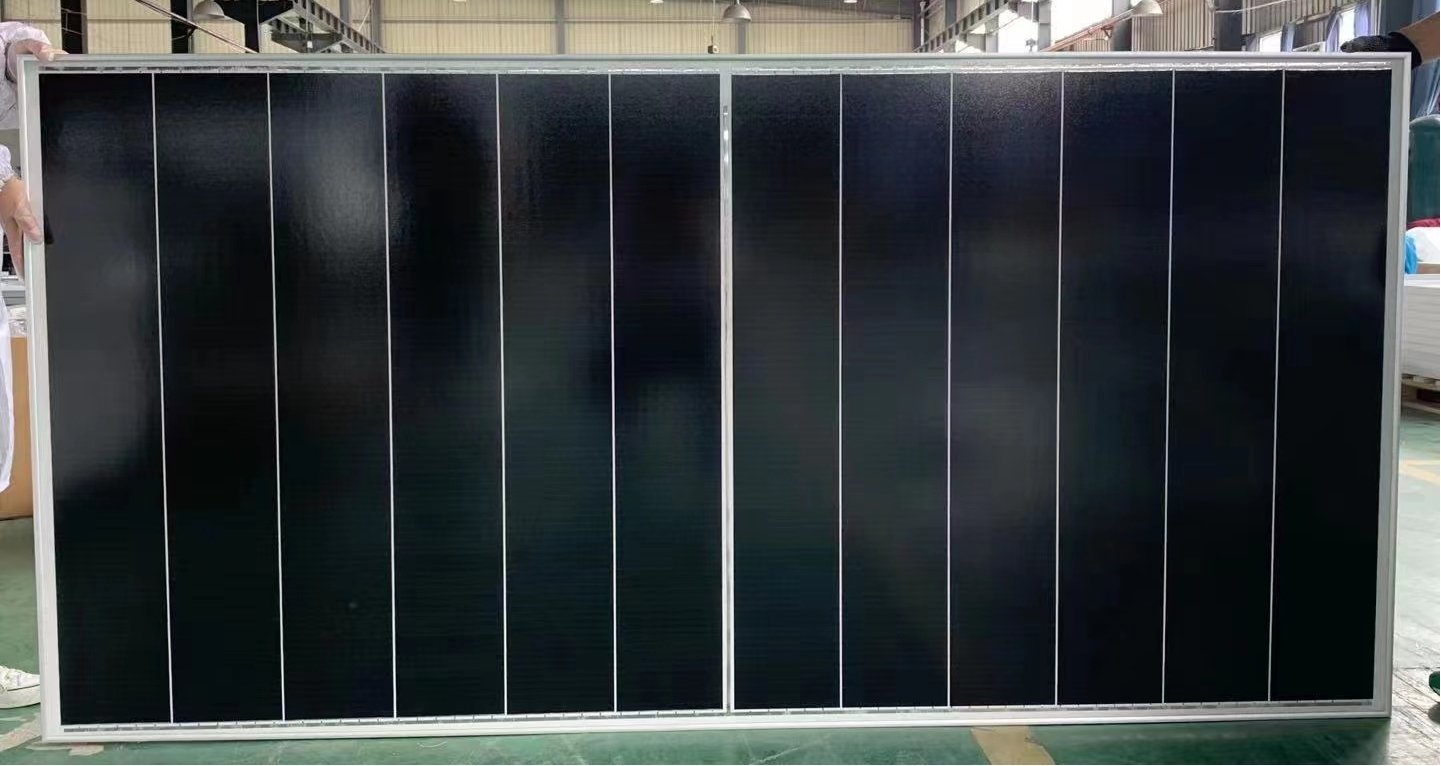
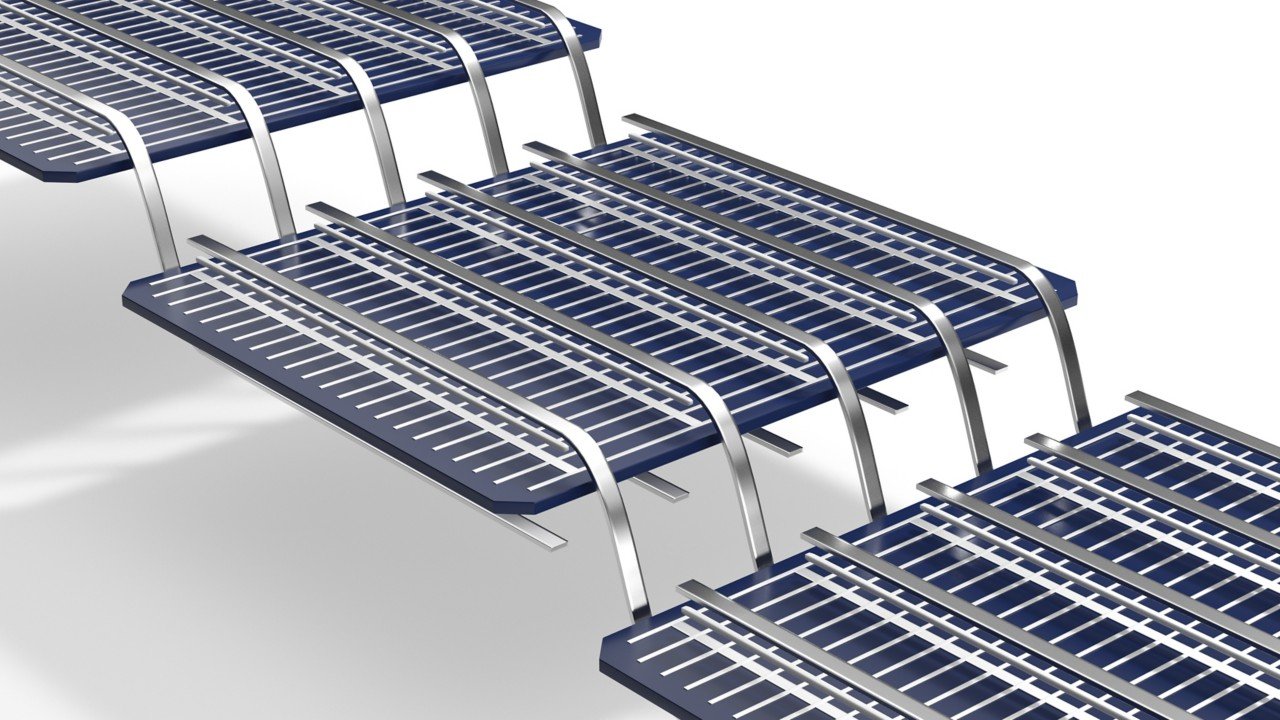

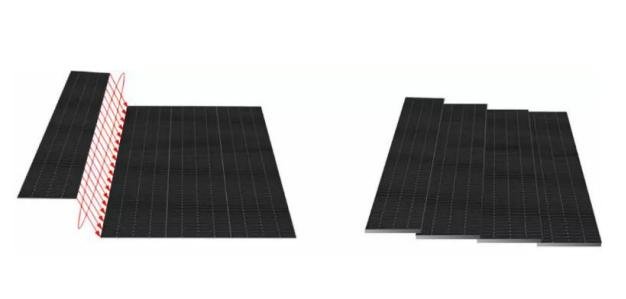

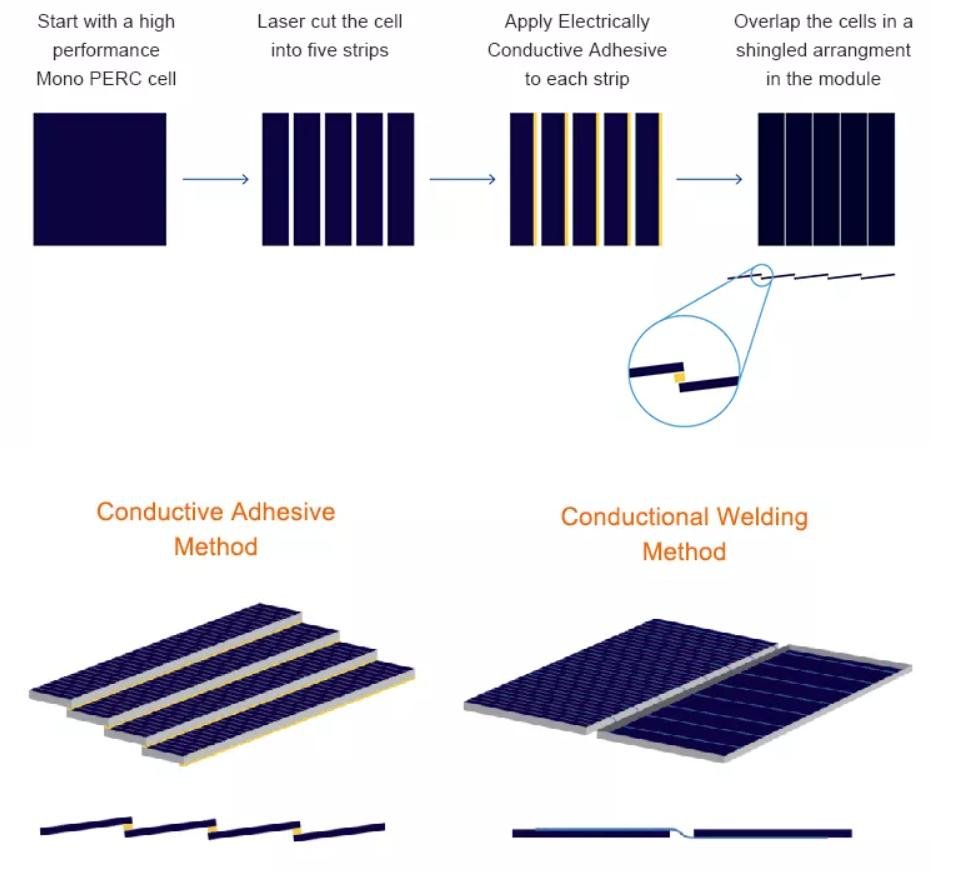
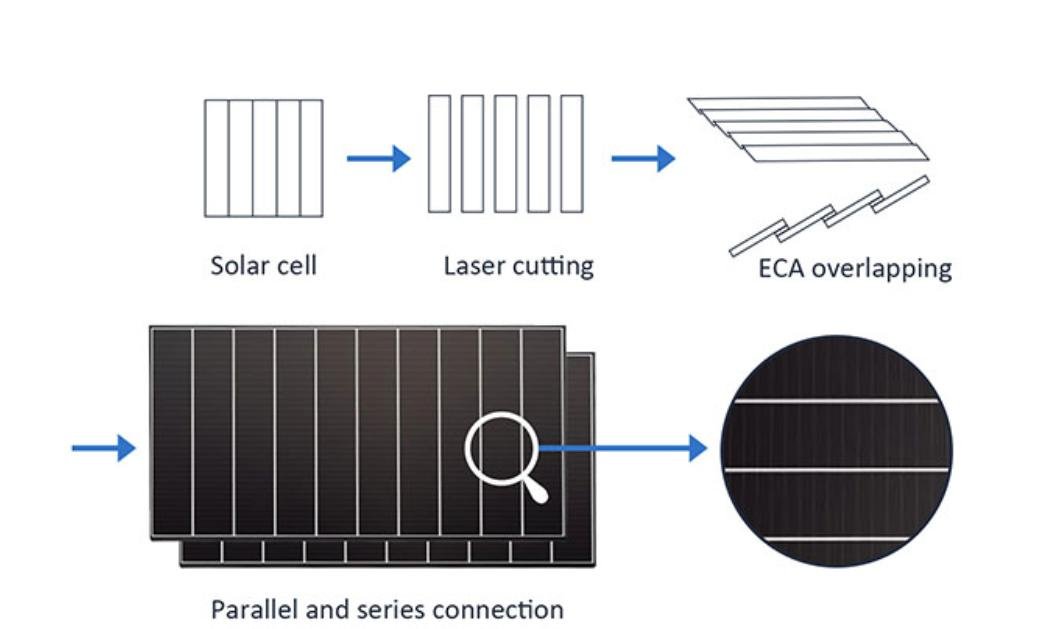
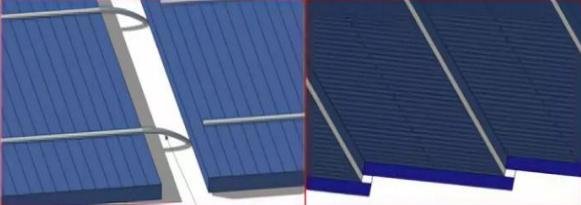
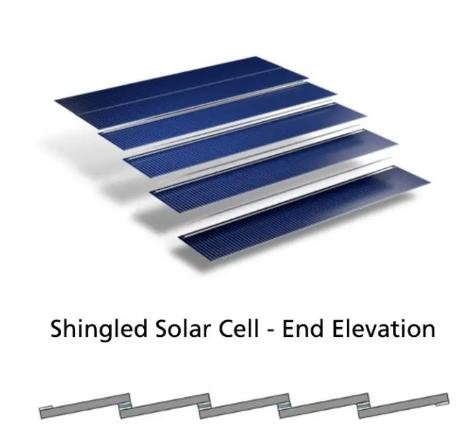
Traditional solar panel | shingled solar panel | shingled solar panels Advantages | ||
Power generation density | Space between cells: Due to the limitations of the stringer process, the traditional solar cell version generally retains a 3 mm cell spacing, resulting in a blank area of about 0.031 square meters for a single cell. | There is no gap between cells: the shingling process eliminates cell spacing by overlapping small cells, so higher output can be achieved with the same area | shingled solar panel better | |
Contact resistance | Ribbon connection conduction: indirect conductor connection method, the resistance of the ribbon leads to power loss | Conductive glue connection to conduct electricity: directly connect two batteries, the electronic movement distance is short, and the resistance reduction helps to improve the power | shingled solar panel better | |
Hot spot effect | When a certain cell is blocked from light, the theoretical current generated is 9.0A, and the reverse current formed will cause the cell to heat up and keep the heat energy in the cell. In the absence of dredging, it will affect the long-term reliability of the solar panel. | When a certain cell is blocked from light, the theoretical current generated is 1.8A. Since the reverse current formed is lower than that of traditional solar panels, the heating degree of the cell is also reduced, and the heat energy retained in the battery is effectively exported through the connected batteries. System improves long-term reliability of solar panels | shingled solar panel better | |
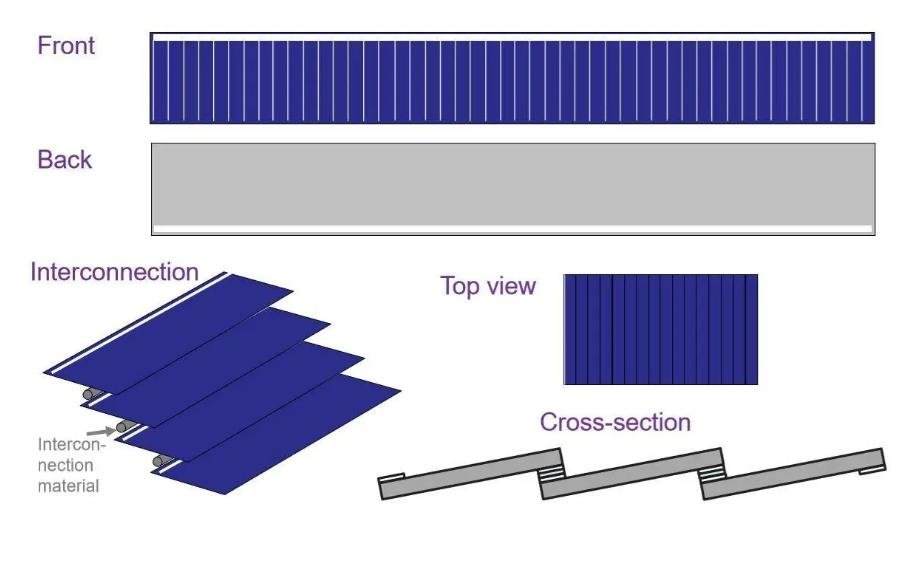
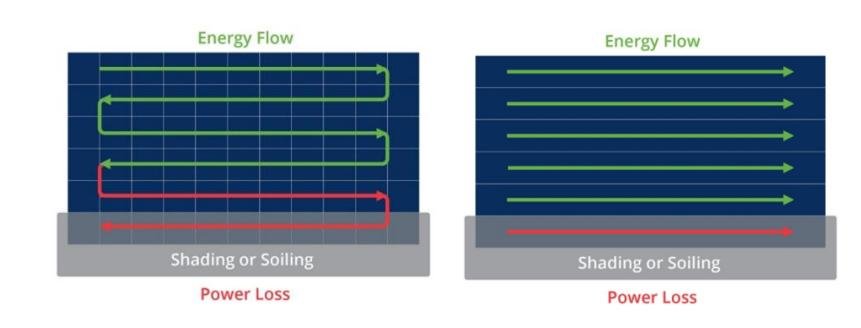
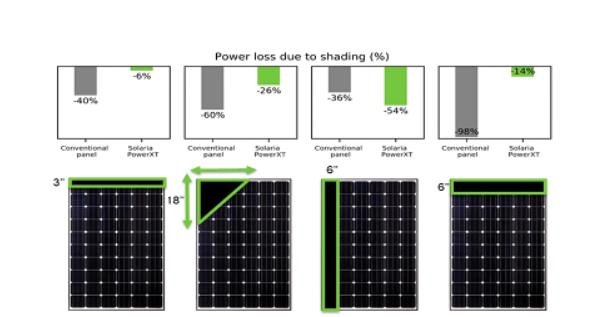
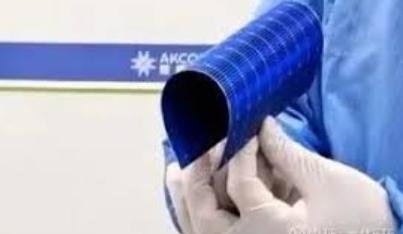
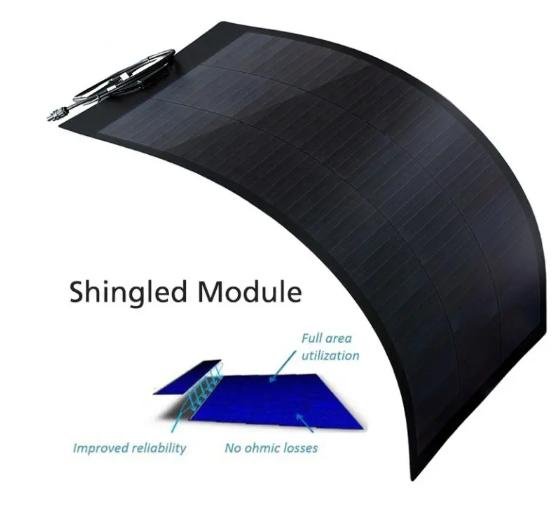
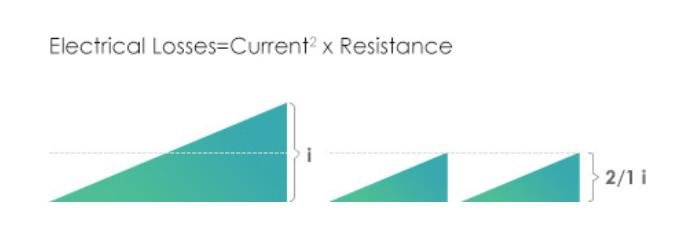
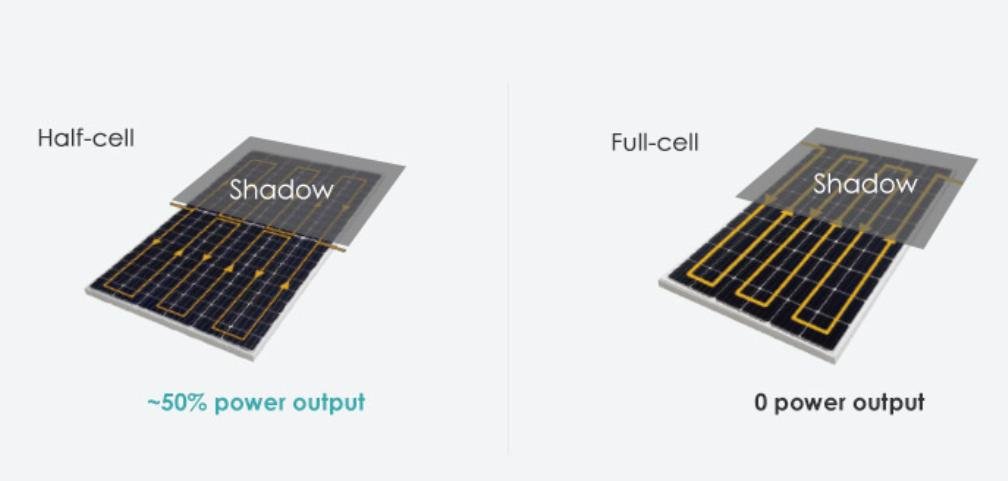

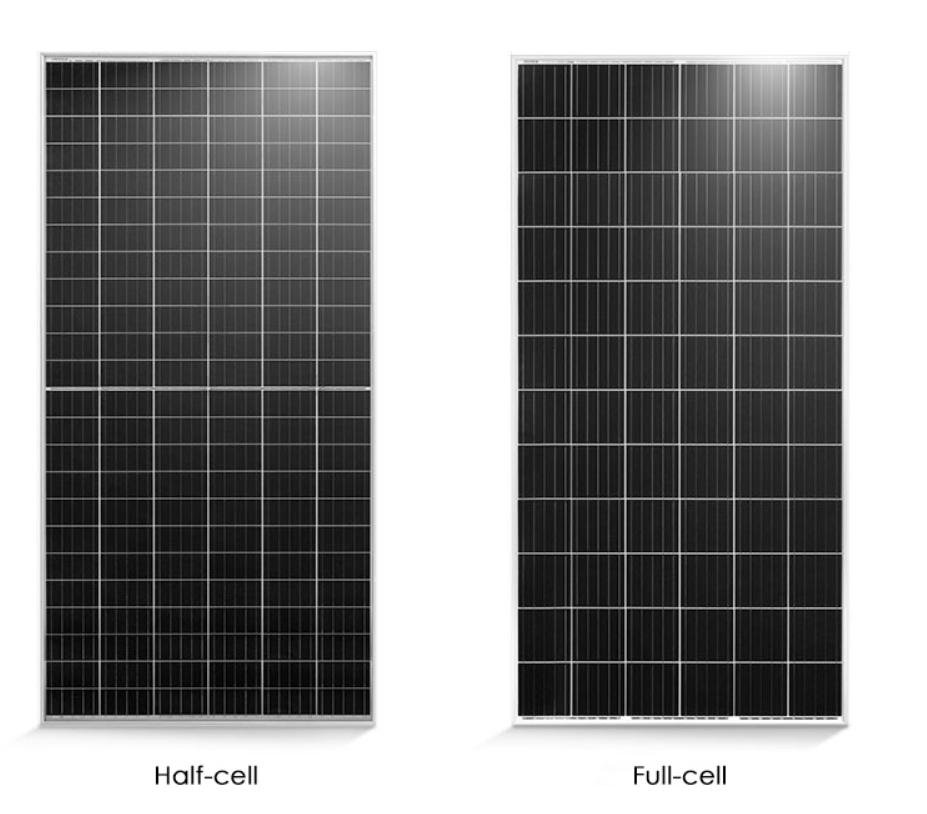
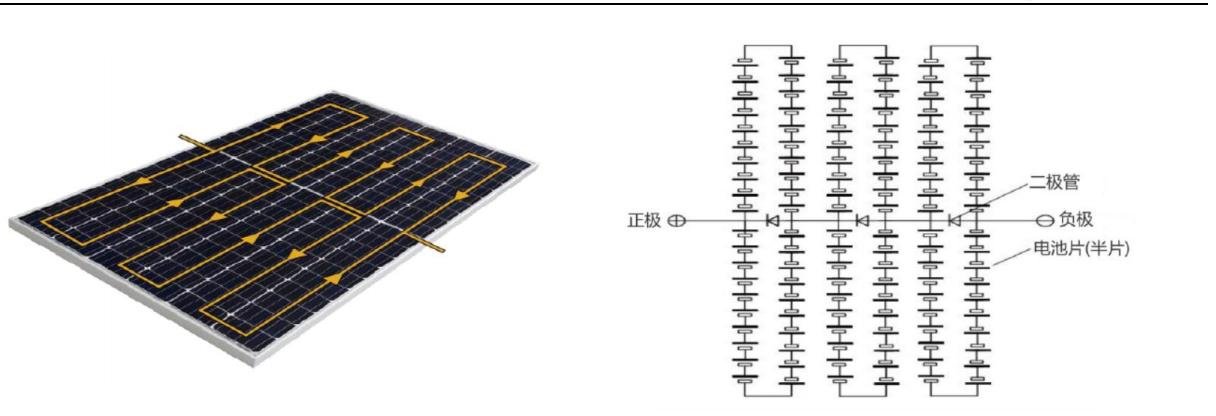
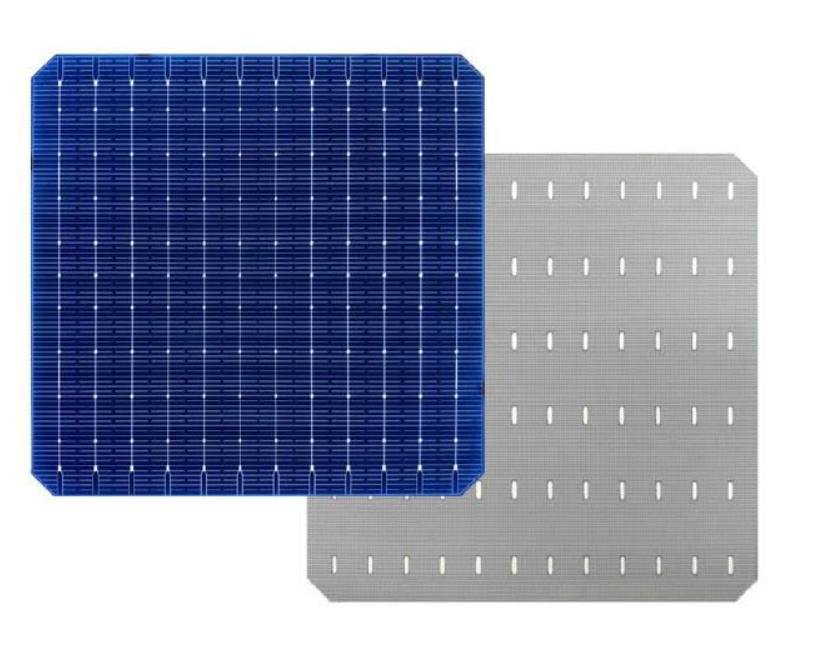

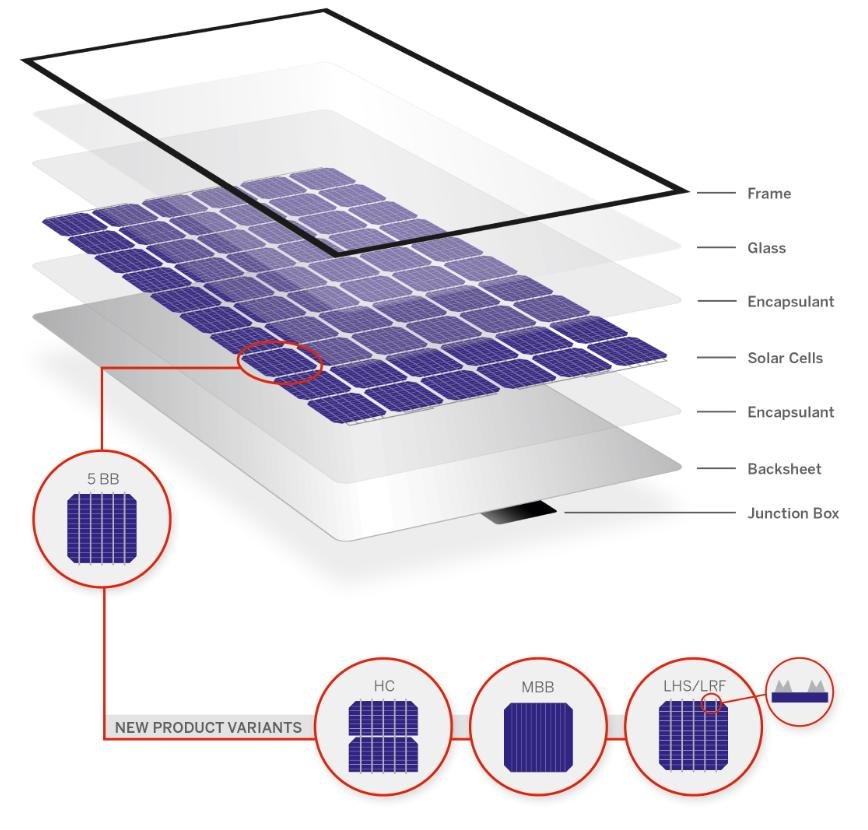
If you want to know more about shingled solar panel price and detail, welcome to contact us.
